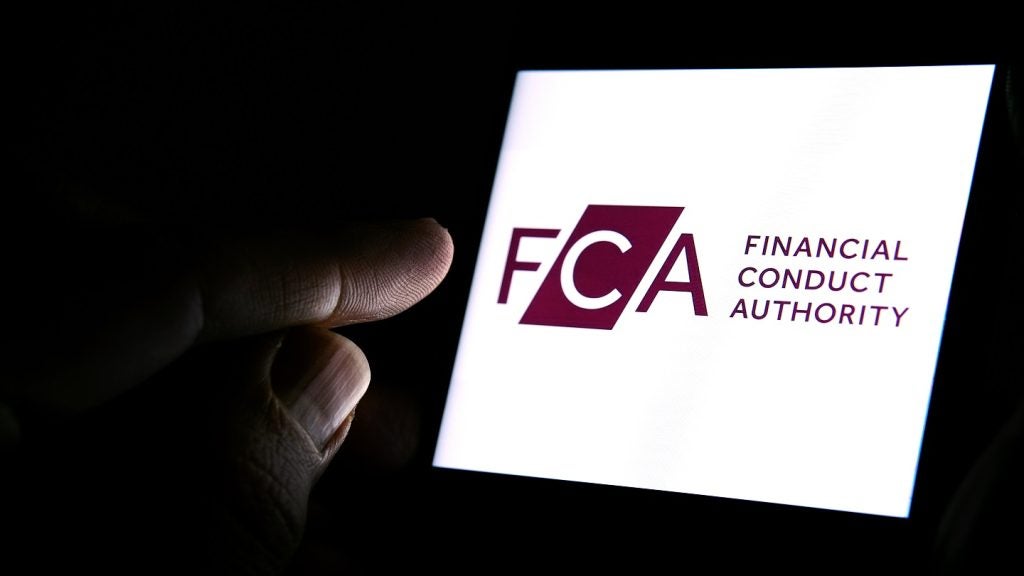Peter Cooke discusses
value for money and the concept of ‘value added’ for car finance
providers.
 Buyers,
Buyers,
whether for new or used cars, look for value for money. Some look
for extreme value for money – but even car dealers have to make a
living, so they might end up being disappointed.
Value for money can take many
forms, but in terms of buying a car during a period of austerity
and economic uncertainty (not recession), buyers may have different
motivations – motivations which might be turned into positive
business.
To put that in the cold light
of day: while 200,000 jobs may disappear, from a business point of
view there are still 29 million in work and looking for best
value.
Indeed, it might be suggested
that the loss of jobs makes those remaining in work hungrier than
ever for best value.
How well do you really know your competitors?
Access the most comprehensive Company Profiles on the market, powered by GlobalData. Save hours of research. Gain competitive edge.

Thank you!
Your download email will arrive shortly
Not ready to buy yet? Download a free sample
We are confident about the unique quality of our Company Profiles. However, we want you to make the most beneficial decision for your business, so we offer a free sample that you can download by submitting the below form
By GlobalDataMany would-be buyers that one
might have looked on favourably in past downturns may well have
been from the public sector, whether for new or used
cars.
Yet today, that is the sector
which appears to be suffering.
Hardly a day goes by without
some local authority, a commission, or a government agency
announcing job losses or delays – and that, in turn, will affect
private sector players which have historically looked to them for
business.
So what might represent ‘best
value’ for this restructured market?
 Maybe
Maybe
customers are a little more cautious than in the past; perhaps they
look at a potential bargain with greater cynicism, thinking: ‘You
just want to sell to me’.
How do we take that one step
further to push the right buttons for offering ‘value for
money’?
It doesn’t necessarily have
to be a lower price. To many buyers, the known cost of motoring has
become more important. Certainly, part of the traditional market
may look to downsize – and new car sales statistics prove that. Or
some habitual new car buyers may even decide to buy a used
vehicle.
For many, the important
factor persuading them to buy is a ‘known commitment’ about how
much the car might cost to run and to maintain.
Think of the different
formats that prudence and caution might take in a period of
austerity. To some, a used car may be seen as a ‘risk too
far’.
Breaking the log
jam
Could ‘value for money’ break
that log jam? A quality used car, or even a downsized new car with
assured finance, or a form of warranty on it, could help create a
value-for-money package.
But why stop there? Value for
money could, during a period of austerity, seek to make costs as
predictable as possible and ask the would-be buyer to determine the
level of risk they want to outsource.
Thus, a value-for-money
package might be expanded to include, for example, a service
package over the period they have indicated they will keep the
car.
‘Caps’ are popular today – a
known cost for a service. Better still, service prices frozen or
known for the next two-to-three years may attract some cautious
spenders. Other industries have been promoting ‘caps’ – so why not
get in on the act?
Maybe the customer needs a
well-presented package – a ‘complete service’ rather than an hourly
rate – but it needs to be attractive. Equally, what about a
‘contribution to tyre replacement’? Tyres can be a big cost in one
instalment, so you might offer the client a sinking fund for tyres,
provided you supply the replacements.
Once upon a time, guaranteed
buy-back prices were common. Admittedly inflation then was often
running rife, but there might be opportunities for some mutually
advantageous buy-back scheme, with the sum perhaps set against a
replacement unit.
After all, the leasing
industry works on forecasting residual values – so is a guaranteed
buyback so far away?
There are a number of other
issues that could be included. The business model being suggested
is essentially one of menu pricing: ‘Dear prospect/customer,
minimise your risk by paying monthly – and we will offer you a menu
of items and services that can be included to reduce your
risk.’
You could build up a pricing
menu of half a dozen items, each priced separately in case the
client wants most of them – or you could offer a super-value price
if they take the whole package.
Not all customers and
prospects would be interested, but much-vaunted customer
relationship management systems may help to identify
prospects.
To the customer or prospect,
a cap on the price of motoring or an assured cost of motoring
(excluding fuel) could be a value-for-money business
proposition.
To the dealer, it could be a
value-added strategy that could capture incremental business and
offer new profit opportunities through selling additional services
and creating positive cash flows.
The issue is a simple one –
what represents ‘value for money’ to the customer that can also
represent ‘value-added strategy’ to the dealer in a period of
austerity?
The author is professor
of Automotive Management at the University of
Buckingham







